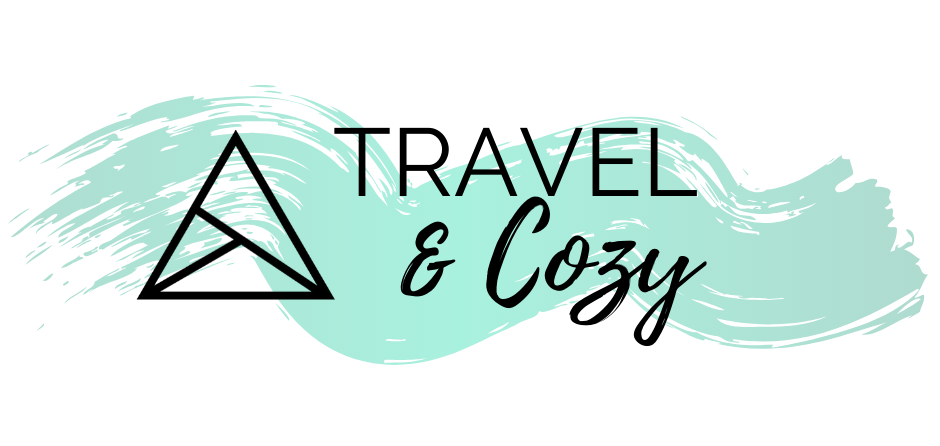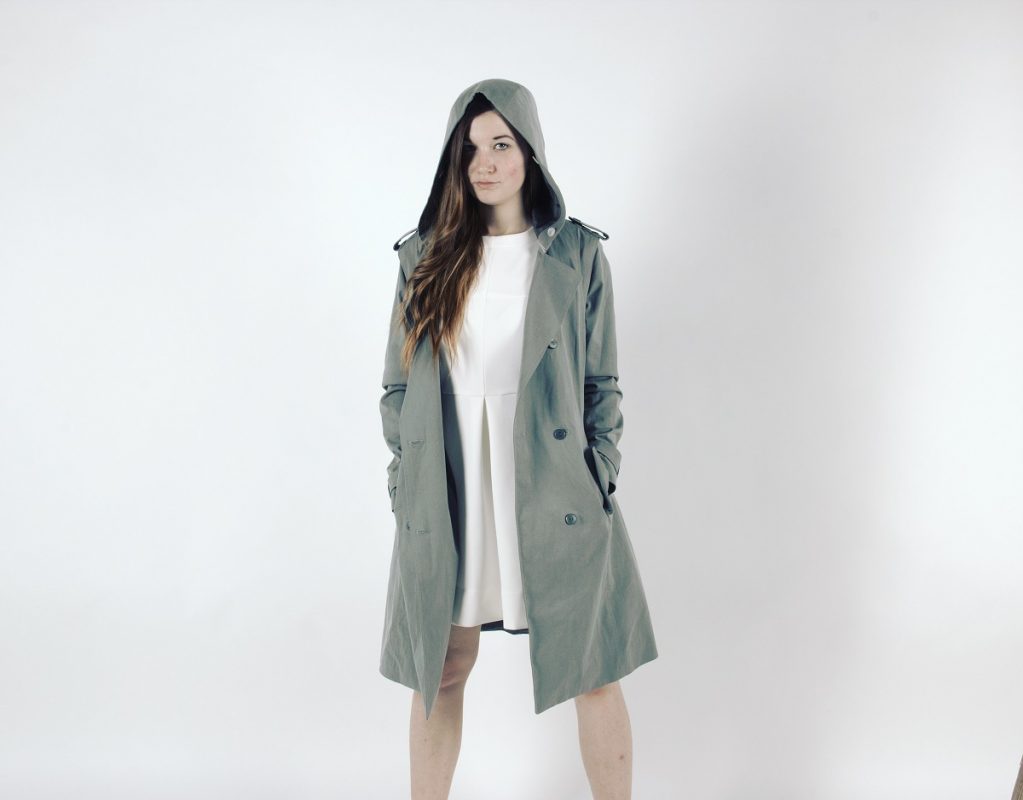The anatomy of trench coats
The trench coat was originally designed for military use. It should be light and water-repellent and create a freedom of movement for British soldiers (learn more about „the history of the trench coat„). Due to the fact that the trench coat was made with a specific purpose,in the beginning, each design element got a special function and is not only just a fashionable aspect. Like the human anatomy, the classic trench’s is quite complex. Therefore, the question arises: What is the point with the whole parts of the trench?

Double row buttons:
A classic trench coat has a double row button border, even though you nowadays see many trench coats with only one row of buttons. The two rows of buttons originally consisted of 10 buttons, which makes the trench more windproof compared to a single row of buttons. The principle of the double-rowed button border has its origin in the naval voyage, but later found great acclaim with the British military and was taken over.
Collar:
A trench coat usually has a collar. The collar serves to replace a scarf in stormy weather. For this you can simply set it up and close it with a small hook at the front. During the first world war the collar should not only protect against wind also against poison gas. The gas masks were long enough that they fitted perfect between neck and collar to completely shield the poison gas.
Lining:
The removable inner lining ensures that you can wear the trench coat not only in stormy and cold weather. In the past, it was also used as an emergency cover. Nowadays, hardly any trench has a removable inner lining.
Pockets:
It seems as if the large, very comfortable pockets of the trench coat are just a design element. But that’s not true. In 1914, the large pockets were used to hide maps, binoculars, or other survival items.
Belt:
A typical trench coat also has a belt. During bad weather you can bind it tightly to get a even better wind protection. When the sun is shining you open it and present your great outfit.
Bars:
The strips on the shoulder are also called bars. In principle the rank of the soldier or the officer could be made clear. Nevertheless many soldiers also used the straps, in order to attach maps or gloves.
D-rings:
The so-called D-rings are attached to the hip, next to the belt. They were used to carry weapons such as grenades and swords at war time.
Yoke:
The yoke, which is at the top of the back, used to vent the trench. Today it is usually only used as an accessory.
Flaps:
Even the flaps on the sleeves have an important function. Through the buckles on the sleeves you can tighten them, that no rain can get over the sleeves in the trench coat. Thus the soldiers remained dry even in rainy weather.
Rain Shield
This extra piece, located above the chest, has two functions. On the one hand, it is intended to prevent water from entering the trench. On the other hand, it served as an additional protective layer when carrying the gun.

